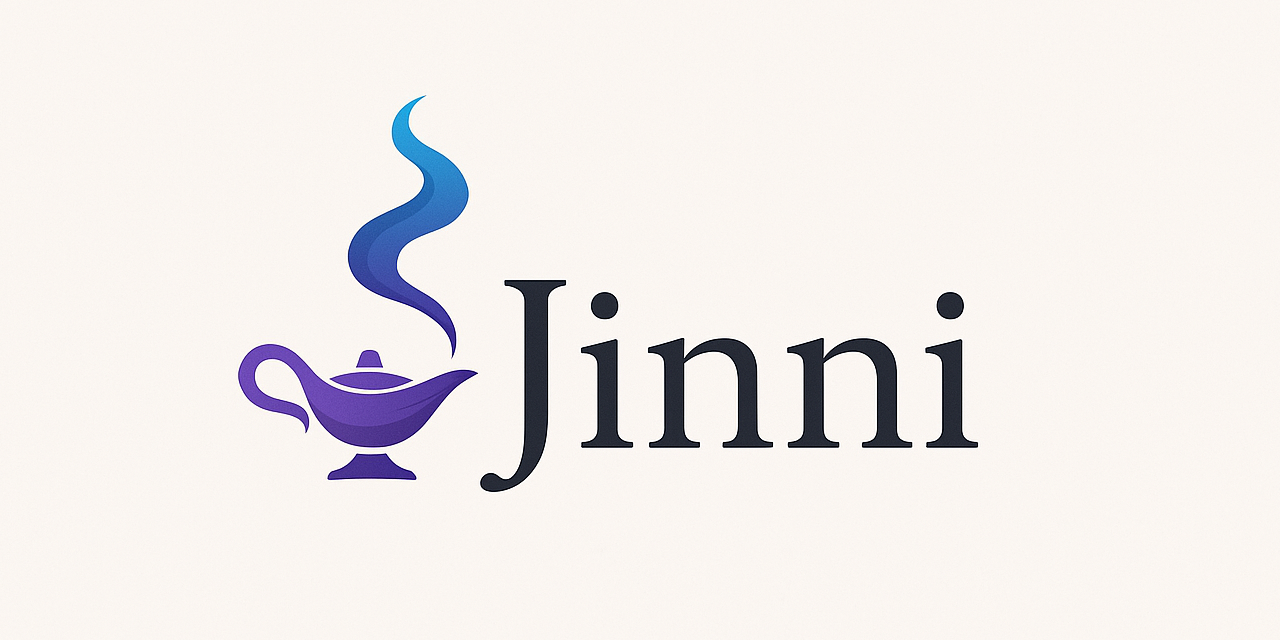Title: Diving into Jinni: A Modern Multilanguage IDE Built for Developers by Developers
Introduction: Jinni is an ambitious open-source Integrated Development Environment (IDE) project that aims to provide a seamless, efficient, and unified coding experience across multiple programming languages. This modern tool is designed to enhance productivity and simplify the development process for developers, regardless of their preferred language.
Main Features & Capabilities:
- Jinni supports popular languages such as C++, Java, JavaScript, Python, Ruby, Rust, and more, providing a one-stop solution for polyglot developers.
- It offers intelligent code completion, refactoring suggestions, debugging tools, and integrated testing frameworks.
- The platform includes built-in support for version control systems like Git, making it easier to manage your projects and collaborate with others.
- A unique feature of Jinni is its ability to analyze and understand the dependencies between files, ensuring a smooth development experience by avoiding circular references or unresolved imports.
Technical Stack & Architecture: The Jinni IDE is built using a microservices-based architecture with Electron as the primary framework for the desktop application. It leverages TypeScript for better type safety and Node.js for server-side functionality. On the frontend, React is used to build user interfaces, while Redux ensures state management is consistent and predictable. For the backend, GraphQL APIs are employed for data queries and mutations.
Notable Components or Patterns: Jinni makes extensive use of design patterns like the Model-View-Controller (MVC) pattern to maintain a clear separation between application logic, user interface, and data management. Additionally, it implements the Observable pattern for efficient event handling and real-time updates within the IDE.
Learning Points or Interesting Aspects:
- For those interested in building IDEs or advanced editors, Jinni offers an excellent opportunity to learn about modern tooling and architecture patterns.
- The project’s open-source nature encourages community collaboration, allowing developers to contribute features, fix bugs, or extend the platform’s functionality.
- The challenge of building a multilanguage IDE provides an engaging learning experience for those who want to develop their skills in areas like frontend development, backend development, and microservices architecture.
